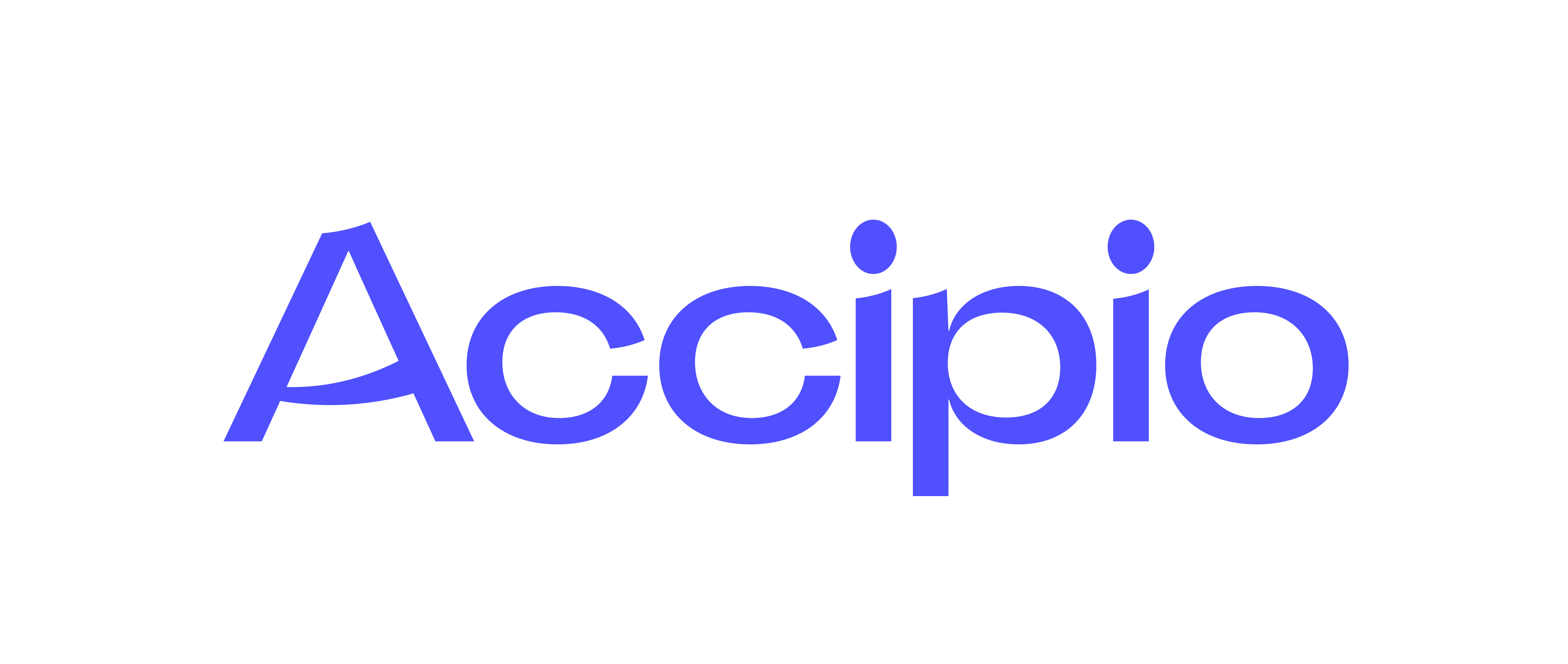11 Apr Understanding the Developmental Needs of Your Team
Everyone on your team is unique and they have different levels of understanding, abilities and objectives. They also have different learning styles and preferences. Whilst some training interventions are beneficial for everyone, there is no “one size fits all” approach for developing people.
Take the time to understand the development each team member needs – including yourself – and involve and empower them in the process.
We suggest a three step process to understand someone’s development needs.
The first step is ‘hypothesis generation’.
This step involves thinking about the person and coming up with a list of possible development needs based on what you already know about them. Having the “end in mind” is helpful when going through a process. This can be a simple list and some lines of enquiry to explore further.
The next step involves gathering and analyzing information
Data and information can come from a variety of sources.
For example, have a look at their objectives and job descriptions. Think about what the person should be doing and what skills they need to do their role effectively.
Meet with them, and ask them what they think their needs are and where they want to go. Make this an open and sensitive chat. You might have to build up some trust first, and find the right environment for this conversation. This might be a room with soft-furnishings and at a time when they not overly stressed. Ask open ended questions – such as what are the biggest challenges in your role – and use your social awareness to determine how they really feel and think about something. Watch their body language and if they start to fidget and lower their eyes when you talk about something, it could indicate that they don’t feel comfortable in this area. Practice empathic listening and let them do most of the talking. Remember, you are trying to gather information from them. Part of your role as a manager is to motivate people. People tend to be more motivated when their personal goals are aligned with their role and the organization.
Observe them at work. Notice what is happening when they do a great job, and when they get ‘paralyzed’ on a project and start procrastinating. Don’t make it noticeable that you are observing the as their behavior may change (Hawthorne Effect) and they may become suspicious and lose trust. You may wish to set them additional tasks to test some of your hypotheses.
Ask others what this person is famous for, and what they could improve most. This could be part of a full 360 feedback process for example. A 360 process normally involves gathering feedback from the person’s manager, peers, sub-ordinates and external customers. Once again, have a section for open ended questions. If you are planning on running a 360 process, you may like to align the activity with the performance appraisal process. Make it a team wide activity so that no one feels singled out.
The final step is developing a plan with specific development interventions
From your hypotheses and information you have gathered, start to pull out key themes. This could be in the form of strengths and weaknesses, which are then prioritized based on what the role needs.
Then develop learning interventions to grow the person in the priority areas which are included in their Personal Development Plan.
Interventions should consider the person’s learning style and barriers to learning. They could include:
- On-the-Job Training (support more experienced team members)
- Face-to-face Training
- Digital learning
- Mentoring or Coaching
- Reading
- Extraciricular activities
To ensure that the learning interventions match organizational needs, you may also like to perform a Training Needs Assessment.

